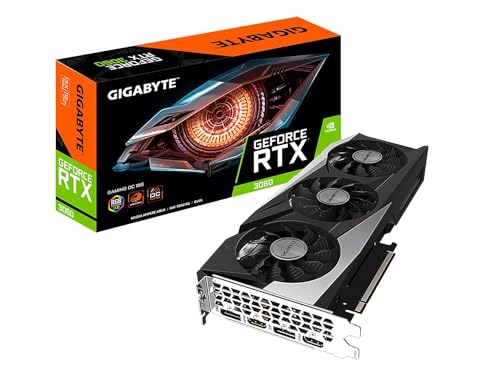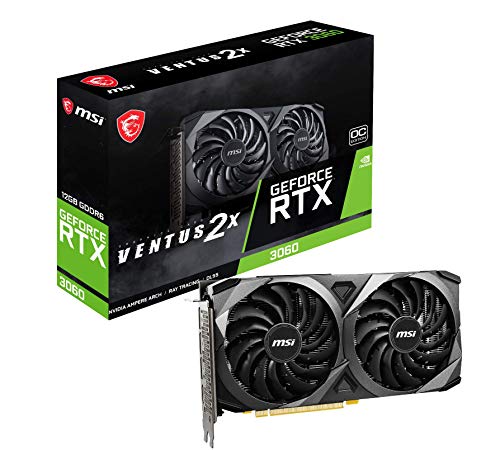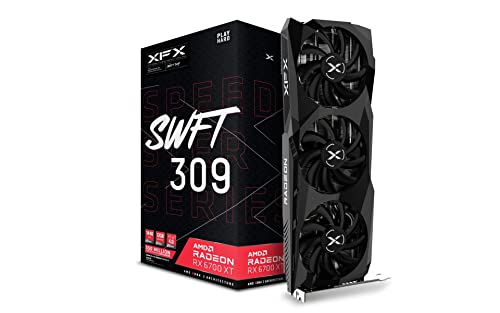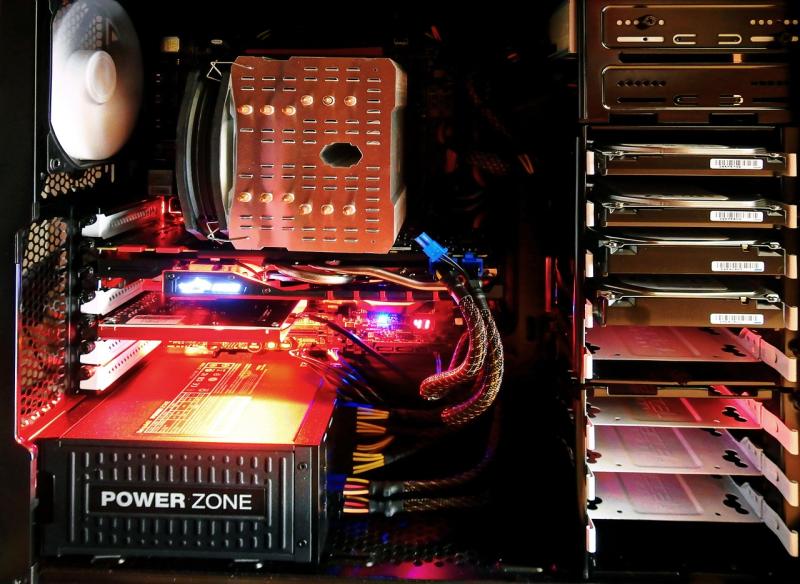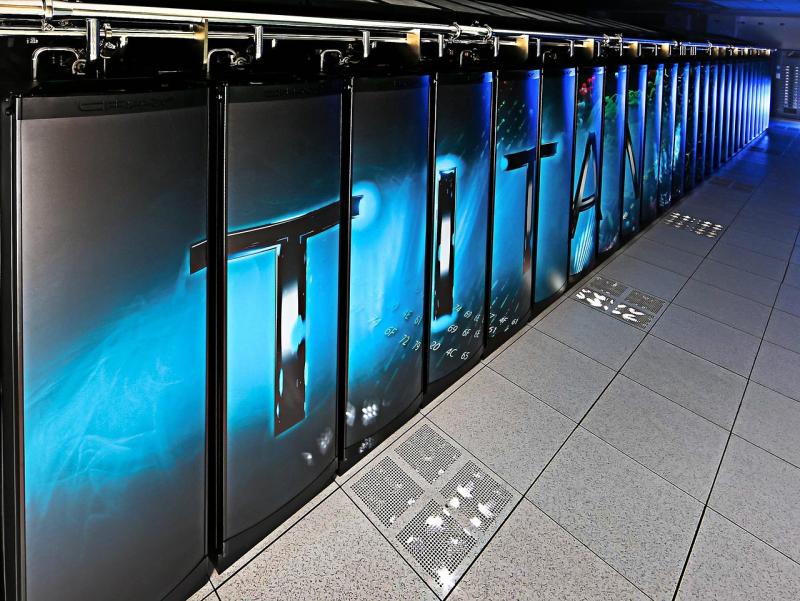How to Choose the Right Graphics Card for Your Gaming Needs
A graphics card, or GPU (Graphics Processing Unit), is arguably the most important component of any gaming PC. It determines how well your system can handle graphically intensive games and deliver stunning visuals. Choosing the right GPU can feel overwhelming with so many options on the market, but this guide will help simplify the process.
1. Define Your Gaming Goals
Start by identifying the types of games you play and the resolution and frame rates you aim to achieve:
1080p Gaming: A mid-range GPU like the NVIDIA GeForce RTX 4060 or AMD Radeon RX 7600 is sufficient.
1440p Gaming: A higher-tier GPU such as the RTX 4070 or RX 7800 XT is recommended.
4K Gaming: For ultra-high resolutions, consider top-end GPUs like the RTX 4080 or RX 7900 XTX.
2. Consider Your Monitor’s Refresh Rate
Your GPU should match your monitor’s refresh rate to avoid wasting performance. For example, pairing a high-end GPU with a 60Hz monitor will limit your experience. A monitor with 144Hz or higher is ideal for high-performance GPUs.
3. Know Your Budget
Graphics cards come in various price ranges:
Budget GPUs: Perfect for casual gamers or light esports titles.
Mid-Range GPUs: Ideal for most gamers seeking a balance between price and performance.
High-End GPUs: Designed for enthusiasts and those who want the best performance, regardless of cost.
4. Check Compatibility
Ensure that the GPU you choose is compatible with your existing hardware:
Motherboard: Verify that it has the correct PCIe slot and supports your GPU’s size.
Power Supply Unit (PSU): Check that your PSU has enough wattage and the right power connectors for your GPU.
Case Size: Some GPUs are large and may not fit in smaller PC cases.
5. Evaluate VRAM
Video RAM (VRAM) is important for storing textures and rendering high-quality graphics. Here’s a general guide:
4GB–6GB VRAM: Suitable for 1080p gaming.
8GB VRAM: Ideal for 1440p gaming.
12GB or More: Necessary for 4K gaming and demanding AAA titles.
6. Look at Ray Tracing and DLSS/FSR
If you’re interested in next-gen gaming features, look for GPUs with support for:
Ray Tracing: Delivers realistic lighting and shadows.
DLSS (NVIDIA) or FSR (AMD): Upscaling technologies that boost performance without compromising image quality.
7. Compare Performance Benchmarks
Research performance benchmarks for the GPUs you’re considering. Websites like TechPowerUp or GPU hierarchy charts provide insights into real-world performance across various games.
Final Thoughts
The right graphics card depends on your gaming preferences, budget, and existing hardware. By considering these factors, you’ll be able to choose a GPU that delivers the perfect balance of performance and value for your setup.
